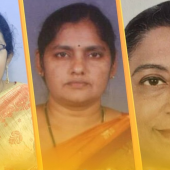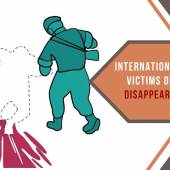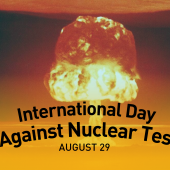International Women's Day
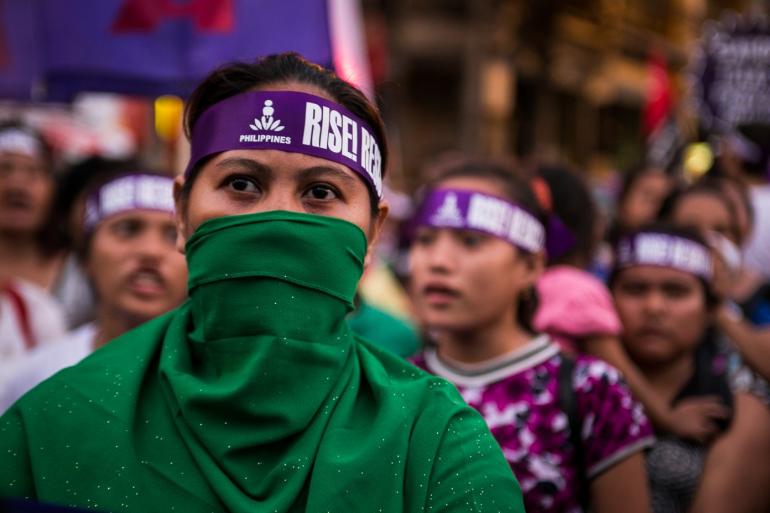
International Women's Day is celebrated every March 8 around the world. It is a focal point in the movement for women's rights.
After the Socialist Party of America organized a Women's Day in New York City on February 28, 1909, German delegates Clara Zetkin, Käte Duncker, Paula Thiede and others proposed at the 1910 International Socialist Woman's Conference that "a special Women's Day" be organized annually.
After women gained suffrage in Soviet Russia in 1917, March 8 became a national holiday there. The day was then predominantly celebrated by the socialist movement and communist countries until it was adopted by the feminist movement in about 1967. The United Nations began celebrating the day in 1977.
Commemoration of International Women's Day today ranges from being a public holiday in some countries to being largely ignored elsewhere. In some places, it is a day of protest; in others, it is a day that celebrates womanhood.
The earliest Women's Day observance, called "National Woman's Day", was held on February 28, 1909, in New York City, organized by the Socialist Party of America at the suggestion of activist Theresa Malkiel.
There have been claims that the day was commemorating a protest by women garment workers in New York on March 8, 1857, but researchers Kandel and Picq have described this as a myth created to "detach International Women's Day from its Soviet history in order to give it a more international origin".
In August 1910, an International Socialist Women's Conference was organized to precede the general meeting of the Socialist Second International in Copenhagen, Denmark.
Inspired in part by the American socialists, German delegates Clara Zetkin, Käte Duncker, Paula Thiede and others proposed the establishment of an annual "Women's Day", although no date was specified at that conference. Delegates (100 women from 17 countries) agreed with the idea as a strategy to promote equal rights including suffrage for women.
The following year on March 19, 1911, International Women's Day was marked for the first time, by over a million people in Austria, Denmark, Germany and Switzerland.
In the Austro-Hungarian Empire alone, there were 300 demonstrations. In Vienna, women paraded on the Ringstrasse and carried banners honoring the martyrs of the Paris Commune. Women demanded that they be given the right to vote and to hold public office. They also protested against employment sex discrimination.
The Americans continued to celebrate National Women's Day on the last Sunday in February.
In 1913, Russian women observed their first International Women's Day on the last Saturday in February (by the Julian calendar then used in Russia).
In 1914, International Women's Day was held on March 8 in Germany, possibly because that day was a Sunday, and now it is always held on March 8 in all countries. The 1914 observance of the Day in Germany was dedicated to women's right to vote, which German women did not win until 1918.
In London, there was a march from Bow to Trafalgar Square in support of women's suffrage on March 8, 1914. Activist Sylvia Pankhurst was arrested in front of Charing Cross station on her way to speak in Trafalgar Square.
On March 8, 1917, on the Gregorian calendar, in the capital of the Russian Empire, Petrograd, women textile workers began a demonstration, covering the whole city. This marked the beginning of the February Revolution, which alongside the October Revolution made up the Russian Revolution.
Women in Saint Petersburg went on strike that day for "Bread and Peace" – demanding the end of World War I, an end to Russian food shortages, and the end of czarism.
Revolutionary leader Leon Trotsky wrote, "23 February (8th March) was International Woman's Day and meetings and actions were foreseen. But we did not imagine that this 'Women's Day' would inaugurate the revolution. Revolutionary actions were foreseen but without a date. But in the morning, despite the orders to the contrary, textile workers left their work in several factories and sent delegates to ask for the support of the strike… which led to mass strike... all went out into the streets."
Seven days later, Tsar Nicholas II abdicated, and the provisional Government granted women the right to vote.
Following the October Revolution, the Bolshevik Alexandra Kollontai and Vladimir Lenin made it an official holiday in the Soviet Union, but it was a working day until 1965.
On May 8, 1965, by the decree of the USSR Presidium of the Supreme Soviet International Women's Day was declared a non-working day in the USSR "in commemoration of the outstanding merits of Soviet women in communistic construction, in the defense of their Fatherland during the Great Patriotic War, in their heroism and selflessness at the front and in the rear, and also marking the great contribution of women to strengthening friendship between peoples, and the struggle for peace. But still, women's day must be celebrated as are other holidays."
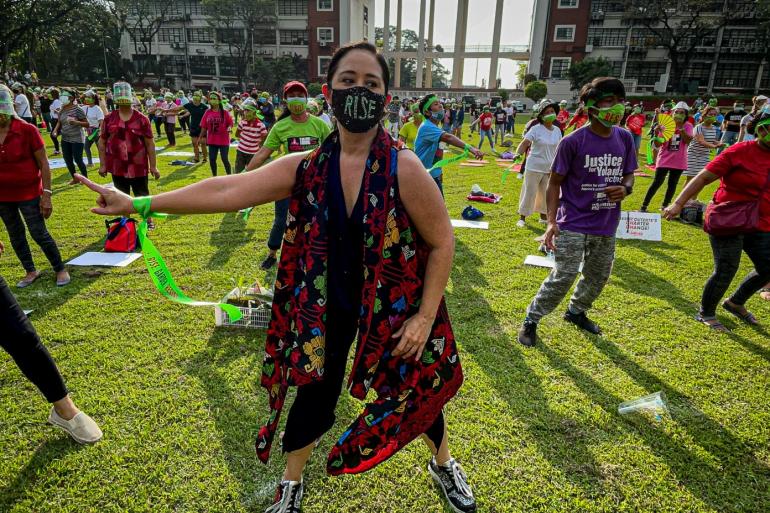
After its official adoption in Soviet Russia following the Revolution in 1917, the holiday was predominantly celebrated in communist countries and by the communist movement worldwide. Communist leader Dolores Ibárruri led a women's march in Madrid in 1936 on the eve of the Spanish Civil War.
It was commemorated by the communists in China from 1922. In 1927, in the Chinese city of Guangzhou, there was a march of 25,000 women and male supporters, including representatives of the Kuomintang, the YWCA, and labor organizations. After the founding of the People's Republic of China on October 1, 1949, the State Council proclaimed on December 23 that March 8 would be made an official holiday with women in China given a half-day off.
The day remained predominantly a communist holiday until about 1967 when it was taken up by second-wave feminists. The day re-emerged as a day of activism, and is sometimes known in Europe as the "Women's International Day of Struggle".
In the 1970s and 1980s, women's groups were joined by leftists and labor organizations in calling for equal pay, equal economic opportunity, equal legal rights, reproductive rights, subsidized child care, and the prevention of violence against women.
The United Nations began celebrating International Women's Day in the International Women's Year, 1975. In 1977, the United Nations General Assembly invited member states to proclaim March 8 as the UN Day for women's rights and world peace.
International Women's Day sparked violence in Tehran, Iran on March 4, 2007, when police beat hundreds of men and women who were planning a rally. (A previous rally for the occasion was held in Tehran in 2003.) Police arrested dozens of women and some were released after several days of solitary confinement and interrogation. Shadi Sadr, Mahbubeh Abbasgholizadeh and several more community activists were released on March 19, 2007, ending a fifteen-day hunger strike.
In the twenty–first century, in the West, the day was increasingly sponsored by major corporations and used to promote feel–good messages, rather than radical social reforms. In 2009, the British marketing firm, Aurora Ventures, set up a "International Women's Day" website with corporate sponsorship. The website began to promote hashtags as themes for the day, which became used internationally. The day was commemorated by business breakfasts and social media communications that were reminiscent of Mother's Day greetings.
Radio Veritas Asia (RVA), a media platform of the Catholic Church, aims to share Christ. RVA started in 1969 as a continental Catholic radio station to serve Asian countries in their respective local language, thus earning the tag “the Voice of Asian Christianity.” Responding to the emerging context, RVA embraced media platforms to connect with the global Asian audience via its 21 language websites and various social media platforms.










